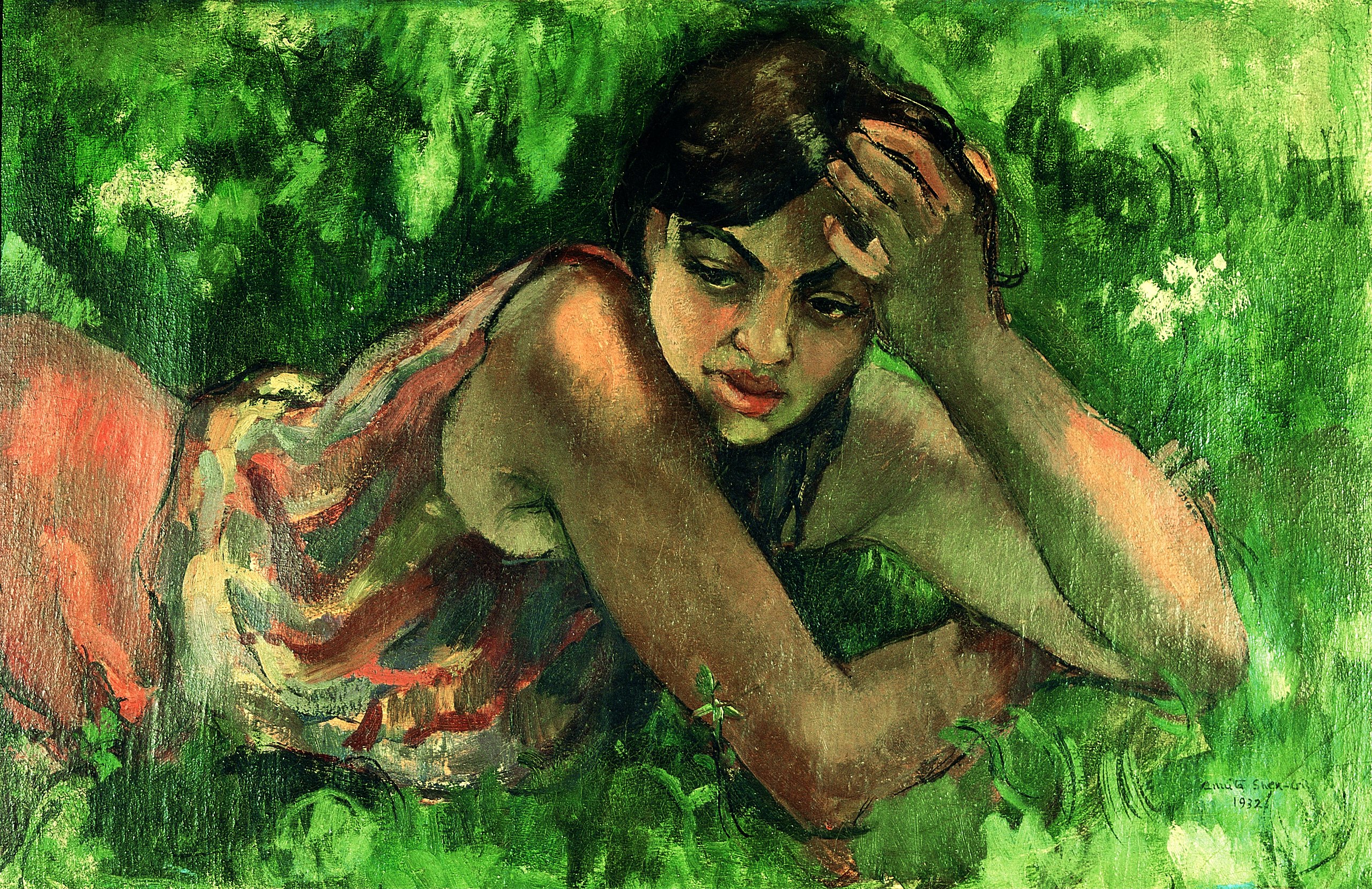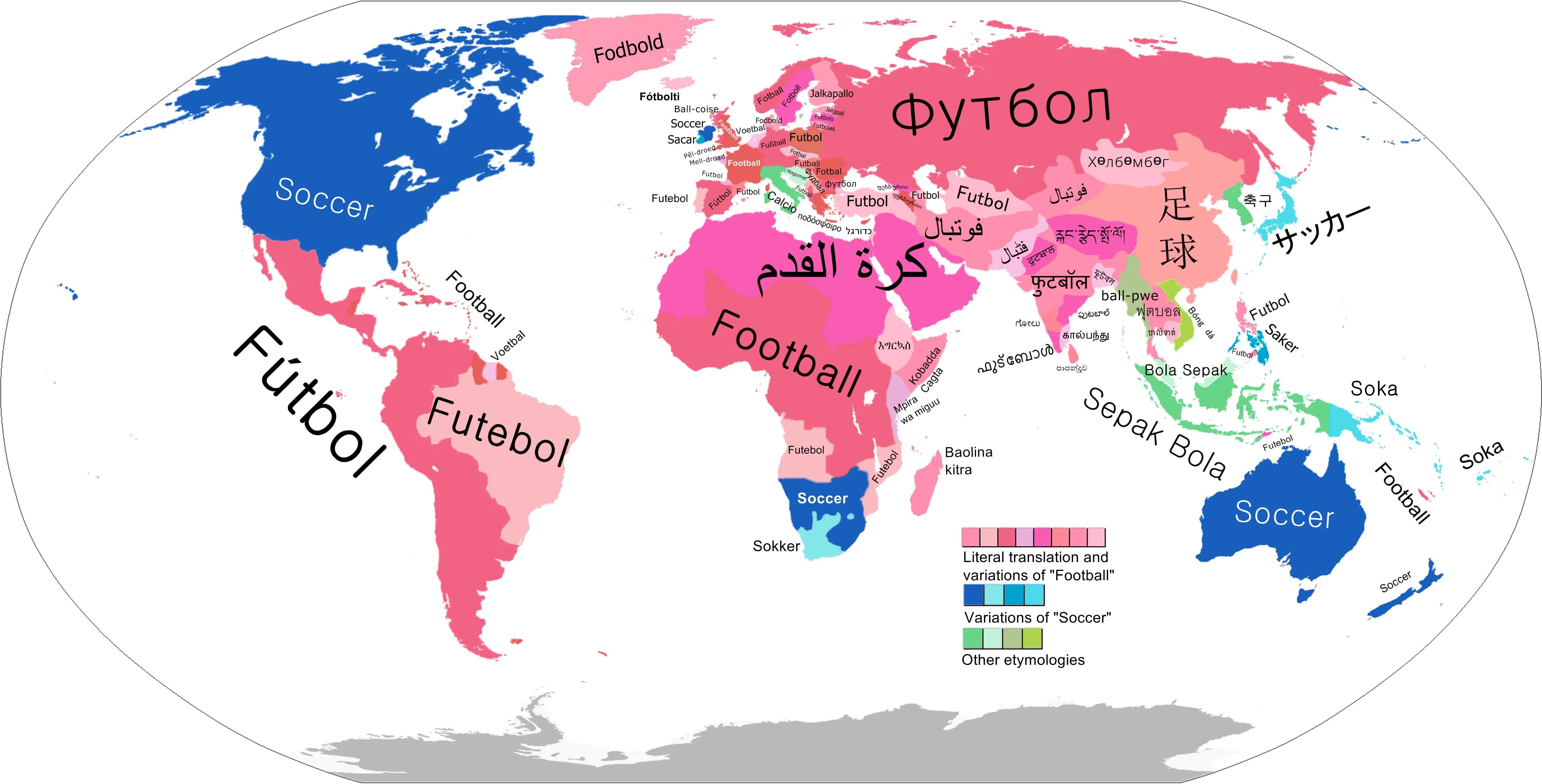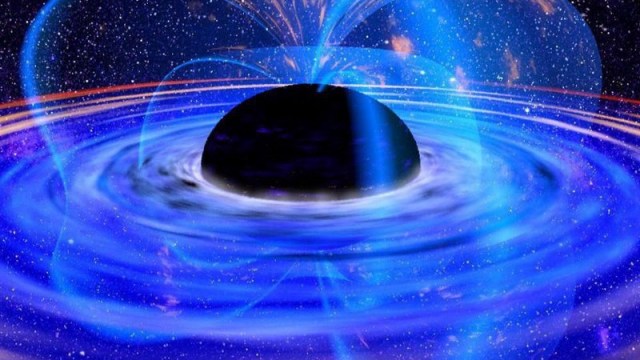If you’re an LGBTI traveller, red on this map means danger
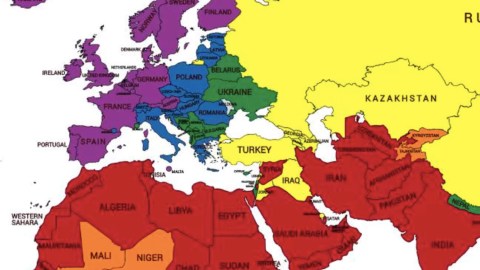
Do you enjoy ‘non-traditional sexual relationships’? Then mind where you travel.
Over the last two decades, same-sex marriage and legal protection for the LGBTI community has become commonplace throughout many countries. But that has only widened the gulf with other parts of the world, where homosexuality remains illegal, criminal and in some cases even punishable by death.
This map was published by the Australian company Travel Insurance Direct as a risk guide for lesbian, gay, bisexual, transsexual and intersex tourists and travelers.
Coded in the colors of the rainbow flag, the map ranks countries from places with the broadest legal recognition and protection (purple) to those where the law is used to prosecute rather than protect LGBTI people (red).
In all, 72 countries and territories around the world criminalize sexual relationships between men (but only 45 have legal interdictions in place against sexual relationships between women). In many of these countries, homosexuality can result in a jail sentence. In nine – Afghanistan, Brunei, Iran, Mauritania (1), Sudan (2), Nigeria (3), Yemen, Saudi Arabia and Somalia (3) – same-sex relationships are punishable by death.
Here’s an overview, following the color scheme of the map, going from worst to best.

RED
Homosexuality is illegal in ‘red’ countries. There are specific laws against same-sex acts, which can land you in jail. This is the case in the following countries:
- In the Americas: Jamaica, Trinidad & Tobago and Guyana.
- In Africa: in most countries across the continent, from the Muslim north (Egypt, Morocco, Sudan, to name but a few) to the Christian south (Kenya, Angola, Namibia, among others).
- In Asia: across most of the Middle East – with some notable exceptions – and then in a contiguous zone from Iran all the way to Myanmar. Also in Malaysia and Papua New Guinea.
ORANGE
‘Orange’ countries have no laws on their books against homosexuality as such but are considered intolerant towards LGBTI people. Here, LGBTI travelers can expect discrimination, prejudice and intolerance both from government officials and in society at large. These countries include popular destinations such as Vietnam and Madagascar, and also:
- In the Americas: Venezuela and Suriname.
- In Africa: the West African nations of Mali, Niger, Burkina Faso, Benin and Ivory Coast; the Central African countries of CAR, both Congos and Gabon; and Djibouti in the northeast and Madagascar in the southeast.
- In Asia: the Central Asian countries of Tajikistan and Kyrgyzstan; the South East Asian countries of Laos and Cambodia; and North Korea.
YELLOW
Yellow means homosexuality is no longer illegal in these countries, but they do not provide any legal protection specifically for LGBTI people either. That lack of official support often signals pervasive hostility in society against LGBTI people.
- In the Americas, this is the case across Central America, including in Guatemala, Honduras, Nicaragua and Panama; in Haiti and the Dominican Republic: and in Paraguay.
- In Africa, we’re talking about four small countries and one large one: Guinea-Bissau, Equatorial Guinea, Rwanda, Lesotho and Mozambique.
- In Europe, Russia, Turkey and the three Caucasian countries (Georgia, Armenia and Azerbaijan) are in the ‘yellow’ camp.
- In Asia, four Middle-Eastern countries are coded yellow: Lebanon, Jordan, Iraq and Bahrain; as well as Kazakhstan, China and Indonesia (although homosexuality has been banned in the west-Sumatran province of Aceh; and a nationwide prohibition of same-sex relations is currently under discussion).
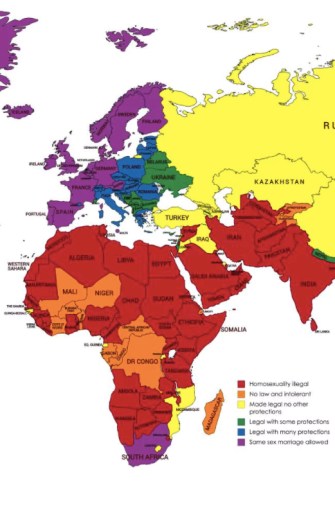
GREEN
In ‘green’ countries, homosexuality has been legalized and some legal protection for LGBTI people is provided, often by applying general anti-discrimination laws.
- In the Americas: Mexico, El Salvador, Cuba, Ecuador, Peru and Bolivia.
- In Europe: Belarus, Ukraine, the post-Yugoslav states of Bosnia, Serbia, Montenegro, Kosovo, and Macedonia; Albania and Bulgaria (as the only EU member state in this color category); and Monaco.
- In Asia: Israel in the Middle East; Nepal in Central Asia; and Mongolia, South Korea and Japan in the north; and Thailand and the Philippines in Southeast Asia.
BLUE
‘Blue’ countries have legalized homosexuality and offer a wide range of legal provisions for LGBTI people – but not all. They do not (yet) have same-sex marriage, for example. They are:
- In the Americas: Costa Rica and Chile.
- In Europe, most of the EU’s eastern member states: the three Baltic states (Estonia, Latvia and Lithuania), the four members of the Visegrad Group (Poland, Czech Republic, Slovakia, Hungary), the two ex-Yugoslav members (Slovenia and Croatia), plus Romania and Greece. Italy is the only western European EU member state in the blue category, which also includes Switzerland and Andorra.
PURPLE
‘Purple’ countries have legalized same-sex marriage and generally also offer broad legal protection to LGBTI people. They include:
- In the Americas: Canada and the U.S. in the north, and Colombia, Brazil, Uruguay and Argentina in the south.
- In Africa: South Africa, as the glaring exception.
- In Europe, an unbroken stretch of countries from Portugal to Finland, and including the offshore nations of Ireland, Iceland and the UK.
- In Asia/Pacific: Australia, New Zealand and Taiwan.

Of course, cultural acceptance of LGBTI people can often be at great variance with the legal situation. For instance, in Russia, lesbian sex has never been illegal and male homosexuality has been legal since 1993. Yet being openly gay in Russia often leads to discrimination and violence. A Russian law against the ‘promotion of non-traditional sexual relationships’ to minors can be used to target LGBTI activists.
But, as plenty of LGBTI people know all too well, they don’t need to travel far to encounter discrimination, or worse. A 2015 report by the UN listed hundreds of hate crimes against LGBTs around the world, concluding that they suffered “pervasive violent abuse, harassment and discrimination” in all regions of the world – including in ‘purple’ countries.
Brazil, for example, reported 310 documented murders in 2012 in which homophobia or transphobia was a motive. The Organization of American States reported 594 hate-related killings of LGBT people in its 25 member states between January 2013 and March 2014. And in the U.S., the report states, bias-motivated crimes based on sexual orientation rank second only to racist incidents in the hate crime category.
Among the report’s recommendations: investigate and prosecute alleged hate crimes, prohibit incitement of hatred and violence on the ground of sexual orientation and gender identity, and change laws to remove offenses relating to consensual same-sex conduct. Or in terms of this map: more purple, and deeper purple.
Map found here at news.com.au.
Strange Maps #894
Got a strange map? Let me know at strangemaps@gmail.com.
(1) Only applies to Muslim men.
(2) For a third conviction.
(3) Only in local jurisdictions that have adopted sharia law.



